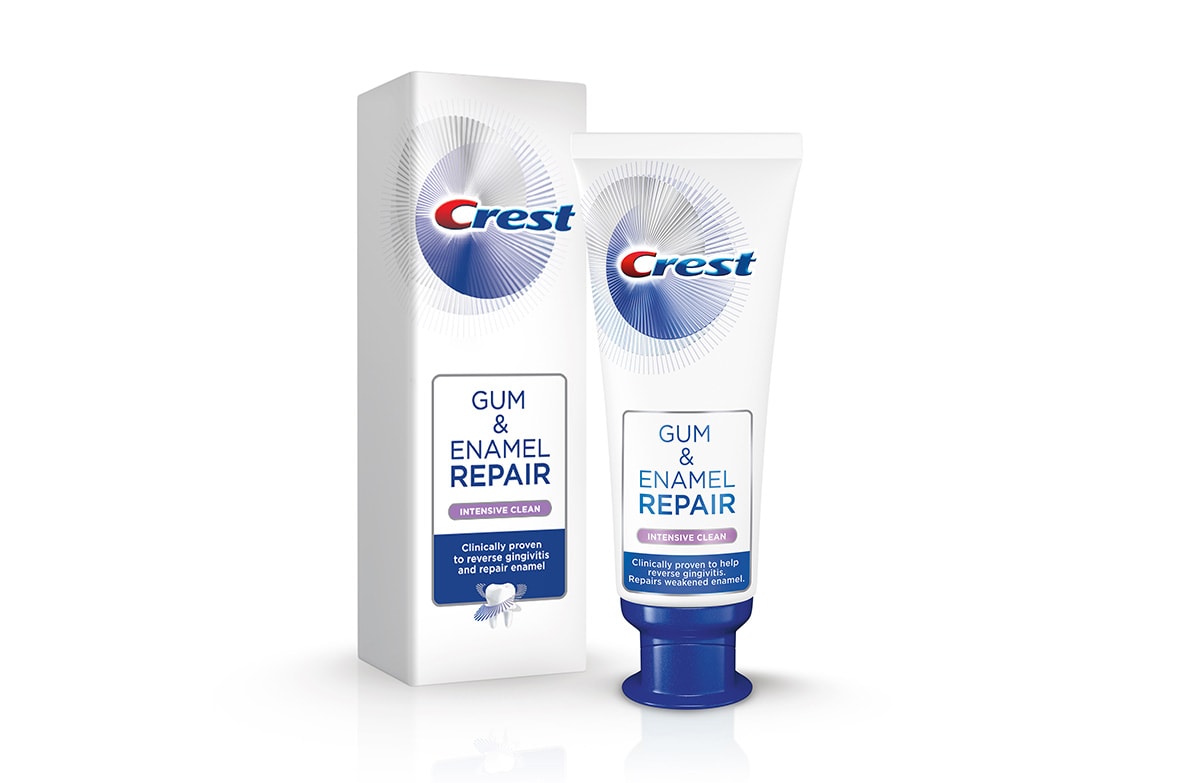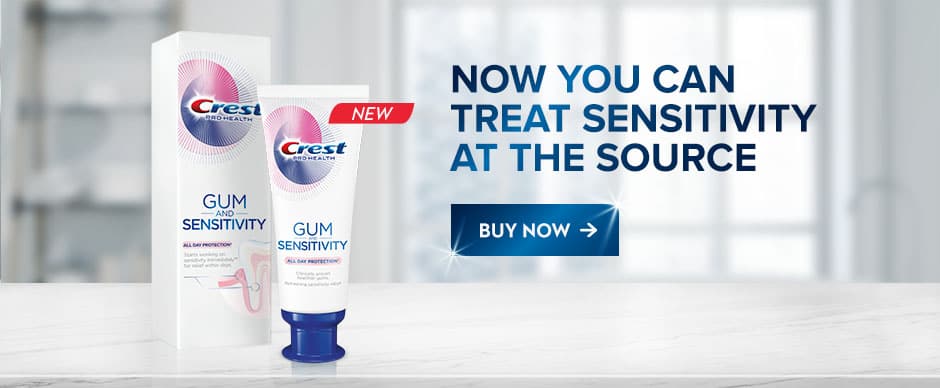GUM-HEALTH
Periodontitis: Symptoms, Causes, and Treatments
 What is Periodontitis?
Periodontitis Symptoms and Causes
Periodontitis Treatment
Prevent Periodontitis: Stop Gingivitis Before It Starts
What is Periodontitis?
Periodontitis Symptoms and Causes
Periodontitis Treatment
Prevent Periodontitis: Stop Gingivitis Before It Starts
What is Periodontitis?
Periodontitis refers to advanced periodontal disease. With this form of gum disease, the gum tissue pulls away from the teeth, creating pockets where additional bacteria can build up and cause an infection. This results in swollen gums and may also be responsible for some other serious problems, such as moderate periodontal disease or loose teeth. Treatment of advanced periodontal disease is a multi-step process. Sometimes a periodontist or dental professional will recommend medications as a first-line treatment for an advanced periodontal disease before resorting to surgery, depending on the severity of your gum disease.
Periodontitis Symptoms and Causes
Whereas gingivitis symptoms such as sore gums and bleeding gums are bothersome, the early signs of periodontitis include receding gums and the formation of pockets between the gums and the teeth. If you notice any problems with your gums, don't hesitate to visit your dentist or dental hygienist. Once the infection gets beneath your gumline, the problem gets severe - periodontitis can destroy tissues, ligaments, and bones in the mouth that ultimately can lead to tooth loss.
Signs of periodontitis include:
- Pain when chewing
- Poor tooth alignment
- Receding gums
- Pockets between the teeth and gums
- Persistent bad breath
- Sores on the inside of the mouth
- Loose or sensitive teeth
Instead of wondering "Why are my gums inflamed?" you should try to get to the root of the problem as soon as possible and visit your dentist or dental hygienist. Additionally, if you have a problem with sore gums, using an extra-soft bristled toothbrush or brush head can help create a gentler experience.
Periodontitis Treatment
When gingivitis progresses to periodontitis, treatment becomes much more complicated. Only your dental professional can perform periodontal treatment, which involves special dental procedures, and can require oral surgery. If your dental professional determines that you have periodontitis, the treatment will depend on the severity of the infection and the condition of your gums. Some options include:
- Tooth Scaling and Root Planing: During this two-step procedure to restore oral health, your dental professional will scrape off the tartar that has built up on teeth both above and below the gumline (tooth scaling). Next, your dental professional will smooth rough spots on the tooth roots, making it more difficult for bacteria to collect and cause more plaque and tartar buildup.
- Flap Surgery: If the gum inflammation and pockets next to the teeth persist after a deep tooth-cleaning procedure, your dentist may recommend flap surgery. Flap surgery is a common dental procedure to treat periodontitis that is performed by a specialist called a periodontist. During flap surgery, the tartar is removed from the pockets that have formed alongside the teeth. The pockets are then closed with stitches, so the gum tissue once again hugs the teeth. Reducing the pockets makes it easier and more comfortable to brush and floss your teeth.
- Grafts: In severe cases of periodontitis in which bone and tissue have been destroyed, you may need bone or tissue grafts to replace the infected tissue. Your graft may involve a technique called guided tissue regeneration, in which a small piece of mesh is placed between the jawbone and gums to allow both bone and tissue to re-grow. Guided tissue regeneration helps keep the gum tissue from expanding into the area where the bone should be, so both bone and tissue grafts have room to grow.
- Doxycycline Gel: Gel that contains doxycycline (an antibiotic) provides gum inflammation treatment by killing bacteria and shrinking the pockets that periodontal disease can cause along the gumline. A dental professional applies the gel to the pockets after a tooth scaling/root planning procedure, and the antibiotic is released gradually over a period of about a week.
- Chlorhexidine Chip: Another treatment involves placing a small, antimicrobial gelatin chip in a tissue pocket along the gumline after tooth scaling/root planing, and the antimicrobial is released gradually over time.
- Minocycline Microspheres: For this type of periodontal disease treatment, tiny particles containing minocycline as an antibiotic are placed in the tissue pockets after a tooth scaling/root planning procedure.
- Doxycycline Pill: An antibiotic pill may be prescribed for periodontal disease treatment in addition to tooth scaling and root planning. A low-dose doxycycline pill can help prevent overactive enzymes from breaking down gum tissue after the treatment.
Prevent Periodontitis: Stop Gingivitis Before It Starts
Prevention is the best way to avoid the need for painful, costly, and time-consuming periodontal treatment. By focusing on preventive health and oral hygiene through the use of an effective oral care regimen, you can keep your gums and teeth healthy. To help prevent and reverse gingivitis, an early form of periodontal disease, try incorporating any of the following into your oral care routine:
- Toothpaste: Toothpaste like Crest Gum Detoxify Deep Clean can play a key role in the at-home treatment of gingivitis, an early form of periodontal disease, by preventing issues before they start. Crest Gum Detoxify can neutralize the bacteria found in plaque that builds up around the gumline. By using this as your daily toothpaste, it can help maintain good oral hygiene and reverse early signs of gum disease, not to mention giving you clinically proven healthier gums.
- Mouthwash: Crest Pro-Health Multi-Protection Mouthwash helps reduce gingivitis, an early form of periodontal disease by killing germs. Crest Pro-Health Multi-Protection Mouthwash provides 24-hour protection against gingivitis and plaque when used twice a day and it freshens your breath without the burning sensation of alcohol.
- Brush: Choose Switch to an electric toothbrush equipped with a gum care brushing mode. The Oral-B iO Series 9 Electric Toothbrush, also features a Smart Pressure Sensor to help keep gums protected from overbrushing.
- Floss: Once-daily flossing is an important part of any oral care routine. If your teeth and gums are sensitive, pair traditional floss with an oral irrigator. The Oral-B Water Flosser Advanced uses water enriched with microbubbles of air to help eliminate plaque bacteria for healthier gums.
When combined, these products work hard to keep your teeth and gums in good health. For effective gingivitis protection, in addition to noticeable whitening benefits,* you may also want to consider the breakthrough daily 2-step system, Crest Gum Detoxify + Whitening.
Make sure to keep up with twice yearly visits with your dental professional for regular checkups and professional cleanings. Your dental professional can help you maintain good oral health and prevent periodontal disease by cleaning and examining your teeth to identify any minor problems before they become serious, so your smile can stay healthy and bright.
*At 3 weeks of treatment.
Discover More
 Inflamed Gums: Causes & Treatments for Gum Swelling
Inflamed Gums: Causes & Treatments for Gum Swelling





